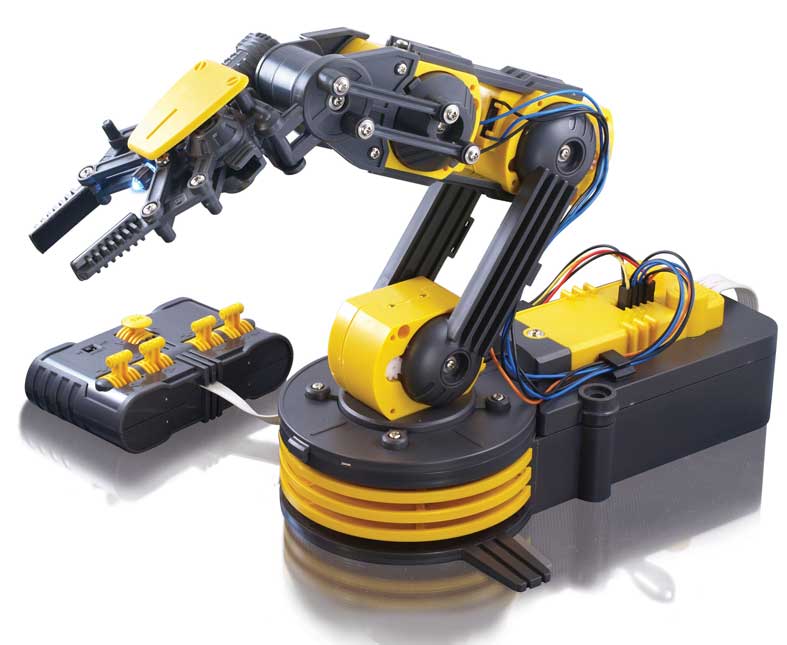Coming soon: An army of hunter-killer robots that will murder humanity
04/09/2018 / By Jayson Veley

As technology continues to advance, the gap between science fiction and reality becomes smaller and smaller.
Just like something straight out of a post-apocalyptic horror film, scientists are now concerned that an Artificial Intelligence robot army that is currently being developed by a top South Korean university could potentially wipe out all of humanity.
In February of this year, KAIST University allegedly launched a brand new AI weapons lab, which has thus far led dozens of researchers to believe that the technology being developed there will “have the potential to be weapons of terror.”
One of these researchers is Toby Walsh, a professor at the University of New South Wales in Sydney, who argued in an open letter: “If developed, autonomous weapons will… permit war to be fought faster and at a scale great than ever before. They will have the potential to be weapons of terror.” While Professor Walsh did acknowledge that there are many good uses for robotics and Artificial Intelligence within the military, KAIST shouldn’t be able to decide “who lives or dies.”
Still, KAIST claims that they have “no intention to engage in development of lethal autonomous weapons systems and killer robots.” (Related: Scientists are now calling for a ban on “killer robots” that can carry explosives while remaining undetected.)
Even though this new AI weapons lab at KAIST University seems to have more in common with science fiction than anything else, the fact of the matter is that Artificial Intelligence is starting to become quite common, especially as it pertains to the military. Just days ago, it was reported that China is now testing unmanned tanks that can potentially be used with artificial intelligence-based systems.
As reported by The Telegraph: “The Chinese state broadcaster CCTV revealed a brief clip of an ageing Type-59 tank fitted with new remote control technology and seemingly being driven by a soldier sitting at a nearby control deck.” The Telegraph also reported that, according to state media, the Chinese military was currently looking for ways to link tanks to aircraft and satellites in order to get them to perform in a quicker and more lethal way than when they are driven and operated by humans. (Related: Japanese researchers have created a mind-reading AI system that can transcribe a person’s thoughts.)
But it’s not just South Korea and China that are looking to develop new Artificial Intelligence technologies. In the United States, many military individuals support the idea of using robotic vehicles and Artificial Intelligence out on the battlefield to fight alongside human soldiers.
Speaking at an Association of the United States Army’s Institute of Land Warfare breakfast earlier this year, the U.S. Army’s Chief of Staff, Gen. Mark Milley, explained that his vision for the future of warfare depends on robotics, artificial intelligence and other technologies that don’t exist yet. Milley argued that the service currently faces the challenge of modernizing its major weapon systems that are becoming obsolete: “If we, the United States military, do not recognize the need for change, and if we do not adapt and pivot to that change then, in my mind, that will be a grave strategic mistake,” he said.
No matter which way you look at it, the fact of the matter is that our world is quickly moving away from more traditional technologies into an era of artificial intelligence and advanced weaponry. While this technology can certainly be useful out on the battlefield, the concern that artificial intelligence can become too advanced and even uncontrollable is certainly a legitimate one. If we’re not careful, then at some point in the future, the very technology that we use to our advantage could become our worst enemy.
Read Robots.news for more breaking news about the rise of the robots.
Sources include:
Tagged Under: artificial intelligence, depopulation, extermination, mass death, military, robotics, robots, technology, Terminator




















